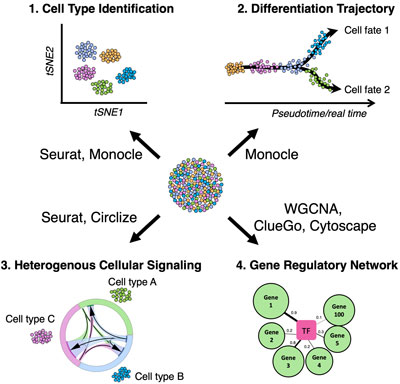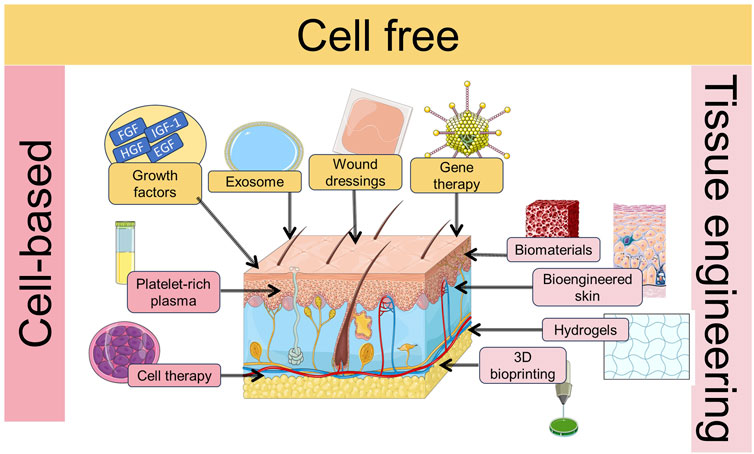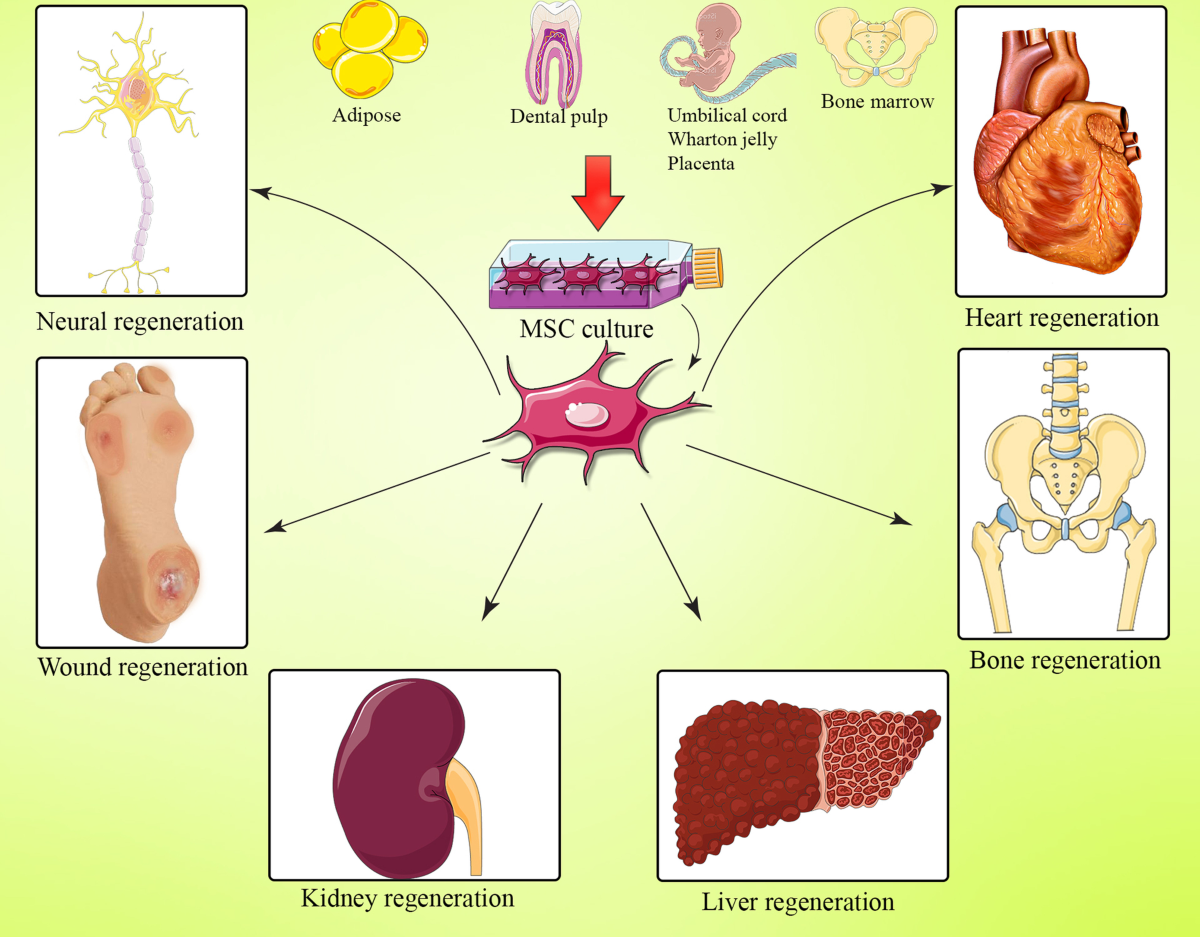Table of Contents

[/image][=video]
[/video]
There are several kinds of stem cells. In general, the term stem cell describes a category of cells that generate other cells (like skin, blood, heart, and muscle mass cells) by replicating and distinguishing in reaction to chemical hints. Totipotent stem cells appear at the earliest phase of development and are the only stem cells which can create beginning stem cells and the placenta.
Bone marrow transplant (BMT) is a special therapy for individuals with certain cancers cells or various other diseases. A bone marrow transplant entails taking cells that are generally found in the bone marrow (stem cells), filtering system those cells, and providing back either to the contributor (patient) or to another individual. The goal of BMT is to transfuse healthy and balanced bone marrow cells into a person after his or her own undesirable bone marrow has actually been dealt with to eliminate the unusual cells.
The blood cells that make various other blood cells are called stem cells. The most primitive of the stem cells is called the pluripotent stem cell.
It is the stem cells that are needed in bone marrow transplant. The objective of a bone marrow transplant is to treat lots of conditions and kinds of cancer. When the doses of chemotherapy or radiation required to cure a cancer are so high that a person's bone marrow stem cells will be completely harmed or damaged by the therapy, a bone marrow transplant might be needed.
Menopause Therapy around Wyoming
This process is commonly called rescue. Change bone marrow with genetically healthy and balanced working bone marrow to stop more damages from a hereditary illness procedure (such as Hurler's syndrome and adrenoleukodystrophy). The risks and benefits have to be evaluated in a complete discussion with your doctor and specialists in bone marrow transplants prior to the procedure.
There are various kinds of bone marrow transplants depending on that the donor is. The different kinds of BMT consist of the following: The benefactor is the individual himself or herself. Stem cells are taken from the person either by bone marrow harvest or apheresis (a process of collecting outer blood stem cells), icy, and after that returned to the patient after extensive treatment.
The contributor shares the exact same genetic type as the person. Stem cells are taken either by bone marrow harvest or apheresis from a genetically matched donor, generally a sibling or sis. Other benefactors for allogeneic bone marrow transplants may include the following: A haploid-identical match is when the benefactor is a moms and dad and the genetic match goes to the very least half identical to the recipient.

Matching includes keying human leukocyte antigen (HLA) tissue. The antigens externally of these unique leukocyte establish the genetic make-up of an individual's immune system. There go to least 100 HLA antigens; nonetheless, it is thought that there are a few major antigens that determine whether a benefactor and recipient match.
Clinical study is still examining the duty all antigens play in the procedure of a bone marrow transplant. The even more antigens that match, the much better the engraftment of given away marrow. Engraftment of the stem cells takes place when the donated cells make their means to the marrow and begin making new blood cells.
Menopause Therapy
All individuals work together to give the finest chance for a successful transplant. The group is composed of the following: Healthcare suppliers that specialize in oncology, hematology, immunology, and bone marrow transplant.
Experts that will certainly help you meet your dietary needs prior to and after the transplant. A number of other group members will review you before transplantation and will provide follow-up care as needed.

A complete case history and physical test are carried out, including numerous examinations to evaluate the client's blood and organ functions (as an example, heart, kidney, liver, and lungs). An individual will certainly often enter the transplant center approximately 10 days before transplant for hydration, examination, positioning of the central venous line, and various other preparations.
For an allogeneic transplant, an ideal (tissue keyed in and matched) benefactor needs to be readily available. Voluntary marrow benefactors are signed up in several national and worldwide computer system registries.
Donor sources offered consist of: self, brother or sister, parent or loved one, nonrelated individual, or umbilical cord from a related or nonrelated individual. There are national and international pc registries for nonrelated people and cable blood. Some household members might be keyed in due to the desire to help. These family members may or may not elect to have their type signed up for use with other recipients.
Regenerative Therapy servicing Wyoming, Michigan
Tests connected to his/her health and wellness, direct exposure to infections, and hereditary analysis will certainly be done to figure out the extent of the suit. The donor will certainly be provided instructions on just how a bone marrow donation will be made. When a suit for a person requiring a bone marrow transplant is located, after that stem cells will certainly be collected either by a bone marrow harvest.
Or by an outer blood stem cell collection. This is where stem cells are gathered from the circulating cells in the blood. Of both, outer blood stem cell contributions are currently a lot more typical. Cable blood has actually already been collected at the time of a birth and saved for later usage.
Navigation
Latest Posts
Menopause Therapy in Wyoming
Hormone Therapy around Wyoming, Michigan
Perimenopause Treatment